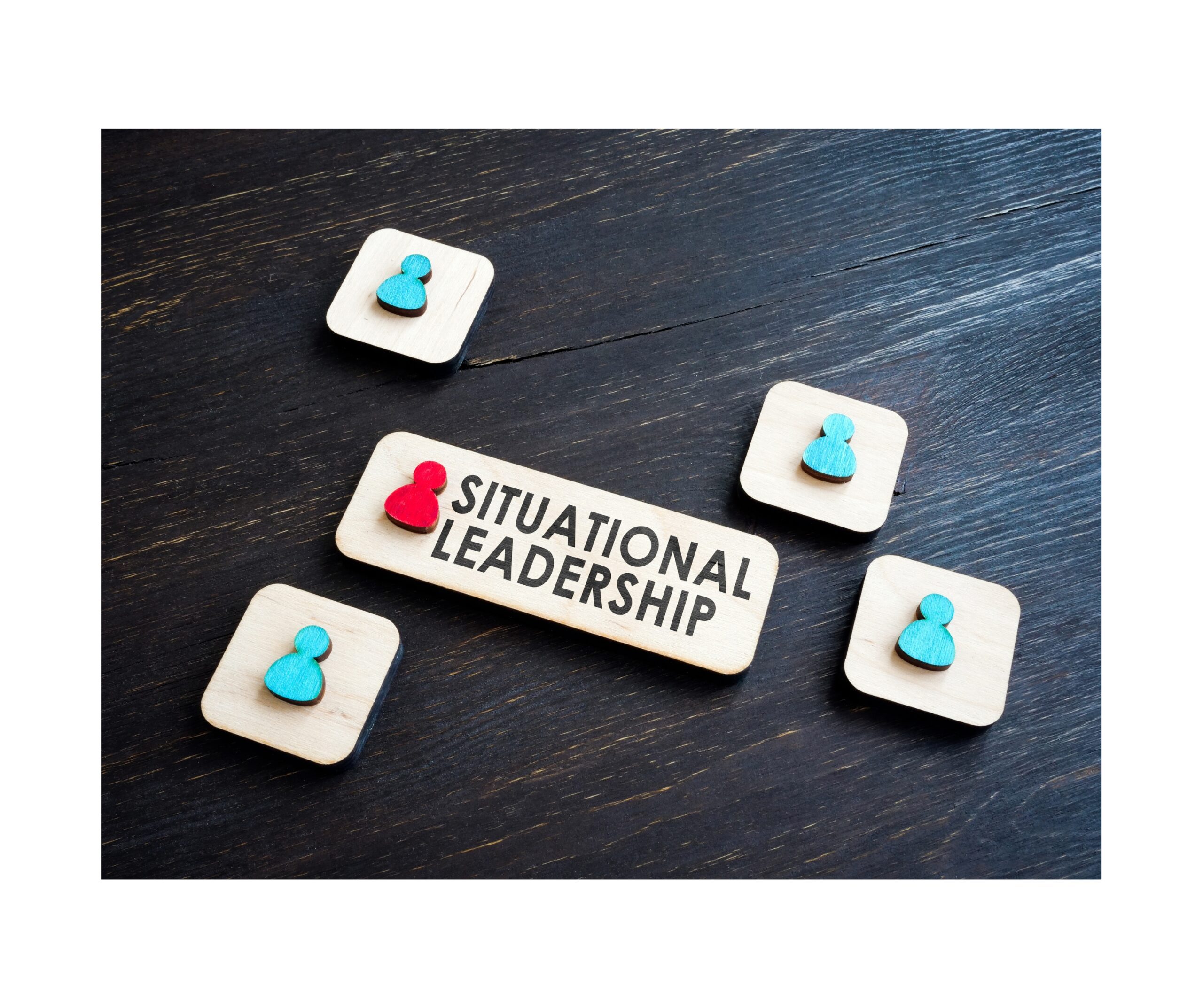Media Training for PR Professionals:10 Proven Effective Tips


Enhancing Communication Skills
Effective communication is a fundamental skill for PR professionals, and media training plays a vital role in enhancing their communication abilities and message delivery. Through media training, PR professionals can develop the necessary skills to effectively engage with the media and convey their messages with clarity and impact.
Furthermore, media training helps PR professionals master preparation techniques that are essential for successful media engagements. They learn how to thoroughly research the media outlet, journalist, and topic before an interview. This enables them to gather relevant information and data that support their key messages, ensuring they are well-informed and prepared to deliver their points effectively.
In addition to preparing for interviews, media training also focuses on handling challenging situations that may arise during media interactions. PR professionals learn techniques to gracefully address difficult or sensitive questions while staying calm, composed, and focused. Media coaching helps them build confidence in managing nerves during high-pressure situations.
Enhancing communication skills through media training is crucial for PR professionals who aim to establish themselves as trusted spokespersons in their respective industries. By developing effective communication techniques and strategies through PR training programs like media coaching, professionals can confidently engage with the media while delivering impactful messages that resonate with their target audience.
Mastering Preparation Techniques
Preparation is key to successful media interviews, and PR professionals must master various techniques to ensure they are well-prepared for different types of media interviews. Understanding the nuances of each interview format and conducting thorough research are essential components of effective preparation.
Understanding Different Types of Media Interviews
PR professionals should be prepared for various types of media interviews, including those conducted on TV, radio, and in print. Each type of interview requires different preparation techniques and approaches. For television interviews, visual elements such as appearance, body language, and presentation skills become crucial. PR professionals need to be mindful of their attire, maintain good posture, and make eye contact with the audience through the camera lens. On the other hand, radio interviews rely solely on verbal communication skills, emphasizing the importance of clear articulation and vocal modulation. Print interviews require a different approach altogether, focusing on providing concise written responses that can be quoted accurately.
By understanding these differences and tailoring their preparation strategies accordingly, PR professionals can effectively navigate each type of media interview with confidence.
Researching and Gathering Information
Thoroughly researching the media outlet, journalist, and topic before an interview is vital for PR professionals. This allows them to gather relevant information and data that support their key messages during the interview. Researching the media outlet helps PR professionals understand its target audience, editorial style, and previous coverage related to their topic or industry. This knowledge enables them to tailor their messages appropriately.
Additionally, researching the journalist conducting the interview provides valuable insights into their interviewing style and preferences. By understanding the journalist's background and previous work, PR professionals can establish rapport more easily during the interview.
Furthermore, gathering information about the specific topic being discussed allows PR professionals to provide accurate and up-to-date information during the interview. They can use relevant statistics or examples to support their key messages effectively.
By investing time in comprehensive research before an interview, PR professionals can ensure they are well-prepared and equipped with the necessary information to deliver their messages confidently.
Handling Challenging Situations
Media interviews can present PR professionals with challenging situations, such as difficult or sensitive questions. It is essential for PR professionals to learn techniques to handle these situations gracefully and maintain composure throughout the interview.
Dealing with Difficult Questions
Handling difficult questions requires a strategic approach. PR professionals should be prepared to encounter challenging inquiries and have strategies in place to address them effectively. One technique is to reframe the question by acknowledging its validity and then redirecting it towards a more favorable angle that aligns with their key messages. This allows PR professionals to steer the conversation towards their desired talking points while still addressing the essence of the question.
Another important aspect of dealing with difficult questions is staying calm, composed, and focused. It's crucial not to let emotions or defensiveness take over during an interview. Instead, PR professionals should maintain a professional demeanor, actively listen to the question being asked, and respond thoughtfully without becoming defensive or confrontational.
Managing Nerves and Building Confidence
Nervousness is natural before media interviews, but it can hinder effective communication if not managed properly. PR professionals can overcome nervousness through practice and visualization techniques. By rehearsing potential interview scenarios and visualizing successful outcomes, they can build confidence in their abilities.
Additionally, mastering the subject matter is vital for building confidence. PR professionals should thoroughly understand their industry, organization, or topic they are representing. This knowledge allows them to speak confidently and authoritatively during interviews.
Being well-prepared also contributes significantly to building confidence. This includes conducting thorough research on the topic at hand, anticipating potential questions, and practicing responses beforehand. The more prepared PR professionals are, the more confident they will feel when facing challenging situations during media interactions.
By learning how to handle difficult questions gracefully and managing nerves effectively, PR professionals can navigate challenging situations with poise and professionalism during media interviews.
Utilizing Body Language Effectively

Body language plays a crucial role in effective communication, and PR professionals can leverage it to convey confidence and credibility during media interactions. Understanding non-verbal cues and managing facial expressions and voice modulation are key aspects of utilizing body language effectively.
Understanding Non-Verbal Cues
PR professionals should learn to interpret and utilize body language to enhance their communication. Maintaining good posture is essential as it conveys confidence and professionalism. Standing or sitting up straight demonstrates attentiveness and engagement with the interviewer or audience.
Eye contact is another important non-verbal cue that establishes a connection with the interviewer or audience. Maintaining eye contact shows sincerity, trustworthiness, and interest in the conversation. It helps build rapport and enhances the overall impact of the message being delivered.
Open gestures, such as using open palms while speaking, indicate honesty and transparency. Avoiding closed-off postures, like crossing arms or legs, is equally important as they can create barriers between the PR professional and the interviewer or audience.
Managing Facial Expressions and Voice Modulation
Facial expressions play a significant role in conveying emotions and messages accurately. PR professionals should be mindful of their facial expressions to project the desired message effectively. Smiling when appropriate can create a positive impression and establish rapport with the interviewer or audience.
Voice modulation is another aspect of body language that PR professionals should pay attention to during media interactions. By varying their tone, pitch, volume, and pace of speech, they can emphasize key points, maintain engagement, and convey enthusiasm or seriousness when needed. A well-modulated voice adds depth to their messages and keeps listeners engaged throughout the interview.
By understanding non-verbal cues such as maintaining good posture, eye contact, open gestures, managing facial expressions appropriately, and utilizing voice modulation effectively, PR professionals can enhance their communication skills during media interviews.
Crafting Impactful Key Messages

Crafting impactful key messages is essential for PR professionals to effectively convey their intended messages during media interactions. By identifying core messages and using soundbites effectively, PR professionals can ensure their messages are concise, memorable, and aligned with their objectives.
Identifying Core Messages
Before any media interaction, it is crucial for PR professionals to determine the key messages they want to convey. These core messages should be clear, focused, and aligned with the overall communication goals. By identifying the main points they want to emphasize, PR professionals can ensure that their messaging remains consistent throughout the interview.
Conciseness is key when crafting core messages. PR professionals should aim to deliver their key points succinctly while still conveying the necessary information. This allows for better understanding and retention by both the media and the audience.
Moreover, core messages should be memorable. Using language that is engaging and easy to understand helps make a lasting impact on the audience. By incorporating storytelling techniques or using vivid examples, PR professionals can create a connection with their listeners and increase message recall.
Using Soundbites Effectively
Soundbites are short, quotable phrases that encapsulate key messages in a memorable way. They are powerful tools for PR professionals to deliver impactful statements during interviews. Crafting effective soundbites requires careful consideration of language and delivery.
When creating soundbites, PR professionals should focus on brevity and clarity. The goal is to distill complex ideas into concise statements that capture attention and leave a lasting impression. Soundbites should be quotable and easily shareable by journalists or social media users.
To use soundbites effectively, PR professionals need to practice delivering them naturally and seamlessly during interviews. This involves rehearsing different variations of soundbites so they become second nature when responding to questions or providing insights.
By identifying core messages and using soundbites effectively, PR professionals can ensure their key messages are impactful, memorable, and aligned with their communication objectives.
Engaging through Storytelling

Storytelling is a powerful technique that PR professionals can use to connect with their audience, make their messages more relatable, and leave a lasting impact. By incorporating storytelling techniques and structuring compelling narratives, PR professionals can engage the media and captivate their audience.
Using Stories to Connect with the Audience
Incorporating stories into media interactions helps PR professionals establish an emotional connection with their audience. Stories have the power to evoke emotions, create empathy, and make complex information more accessible. By sharing anecdotes and examples related to their key messages, PR professionals can illustrate their points in a relatable and memorable way.
When using stories, it's important for PR professionals to choose narratives that align with their objectives and resonate with their target audience. They should consider the values, interests, and experiences of their audience to ensure the stories are relevant and impactful. By weaving these stories into their communication, PR professionals can create a deeper connection with the media and engage them on a more personal level.
Structuring Compelling Narratives
To effectively engage through storytelling, PR professionals need to develop a clear narrative structure. A compelling narrative typically follows a three-part structure: beginning, middle, and end.
The beginning sets the stage by introducing the main characters or context of the story. It captures attention and establishes relevance by highlighting why the story matters.
The middle of the narrative builds tension or presents challenges that need to be addressed. This creates intrigue and keeps the audience engaged as they anticipate how these challenges will be resolved.
Finally, the end provides resolution or key takeaways from the story. It reinforces the main message or call-to-action while leaving a lasting impression on the audience.
By structuring narratives in this way, PR professionals can create compelling story arcs that capture attention, maintain interest throughout an interview or presentation, and effectively convey their key messages.
By utilizing storytelling techniques to connect with audiences and structuring compelling narratives, PR professionals can enhance their media interactions, engage the media, and leave a lasting impact on their audience.
Evaluating and Enhancing Performance
Evaluating and enhancing performance is a critical aspect of media training for PR professionals. By seeking feedback and analysis, as well as engaging in continual learning and practice, PR professionals can improve their media performance and excel in their communication with the media.
Seeking Feedback and Analysis
To enhance their media performance, PR professionals should actively seek feedback from media trainers, colleagues, or mentors. These individuals can provide valuable insights into areas of improvement and offer constructive criticism to help PR professionals refine their skills.
Feedback can come in various forms, such as reviewing recorded interviews or participating in mock interview sessions. By analyzing these interactions, PR professionals can identify strengths to leverage and weaknesses to address. This self-reflection allows them to make targeted improvements in areas such as message delivery, body language, or handling challenging questions.
Furthermore, seeking feedback from trusted sources helps PR professionals gain different perspectives on their performance. It provides an opportunity for growth by highlighting blind spots or areas that may need further development.
Continual Learning and Practice
Media training is an ongoing process that requires continual learning and practice. To stay sharp and confident in media interactions, PR professionals should dedicate time to refine their skills regularly.
Continual learning involves staying updated on industry trends, current events, and best practices in media communication. This knowledge equips PR professionals with relevant information they can use during interviews to demonstrate expertise and credibility.
Practice is equally important for honing media skills. Regularly conducting mock interviews or participating in media training exercises allows PR professionals to simulate real-life scenarios. Through practice sessions, they can fine-tune their message delivery, work on body language cues, and develop strategies for handling challenging situations effectively.
By embracing a mindset of continual learning and dedicating time for regular practice, PR professionals can enhance their media performance over time.
Key Takeaways for PR Professionals
In conclusion, media training is essential for PR professionals to excel in their communication with the media. By mastering various techniques and strategies, PR professionals can enhance their media performance and effectively convey their key messages. Here are the key takeaways:
- Master preparation techniques: Thoroughly research the media outlet, journalist, and topic before interviews. Gather relevant information to support your key messages.
- Handle challenging situations: Learn techniques to handle difficult questions gracefully and manage nerves effectively. Stay calm, composed, and focused during challenging moments.
- Utilize body language effectively: Understand non-verbal cues and maintain good posture, eye contact, and open gestures during media interactions. Control facial expressions and modulate your voice to emphasize key points.
- Craft impactful key messages: Identify core messages that are concise, memorable, and aligned with your objectives. Use soundbites effectively to make your messages quotable.
- Engage through storytelling: Incorporate storytelling techniques to connect with the audience. Use anecdotes and examples to illustrate your points and create a compelling narrative structure.
- Evaluate and enhance performance: Seek feedback from media trainers or colleagues to improve your skills. Continually learn and practice media interviews to refine your abilities.
By embracing these principles of media training, PR professionals can confidently navigate media interactions, engage with the audience effectively, and achieve their communication goals. Remember that continual learning, practice, and seeking feedback are crucial for ongoing improvement in media training.


Comments
Post a Comment